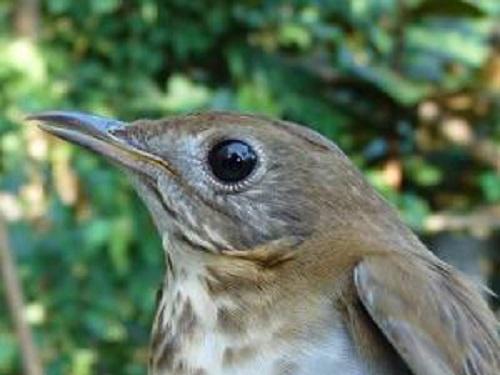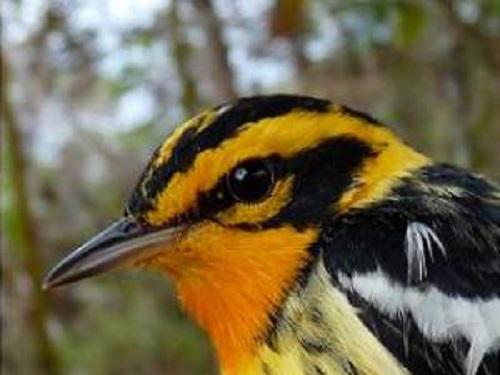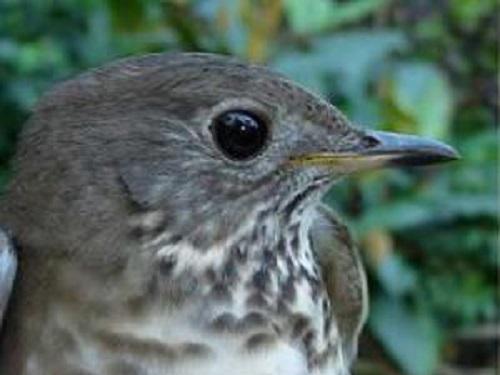Nicholas Bayly
Other projects
20 Dec 2007
Evaluating a Stepping Stone for Neotropical Migratory Birds – The Belizean North-East Biological Corridor
10 Jan 2011
Crossing the Caribbean: Working Towards Effective Protection of Critical Stopover Sites for Migratory Birds in Northern Colombia
9 Jul 2013
Crossing the Caribbean: Conserving the Darién Migratory Bird Hotspot by Building Capacity for Ecotourism
To determine the importance of Sierra Nevada de Santa Marta on the northern coast of South America as a key stopover region for Neotropical migratory birds and to use our findings to focus conservation efforts on this center of endemism and biodiversity.

Veery – a true long distance traveller.
Over 125 species of birds migrate to and from North and South America each year, many of which are in decline. To maintain this remarkable migratory system, we must identify and protect sites used at all stages of a migrant’s complex life cycle. Despite the majority of annual mortality occurring during migration, sites used in South America to recover from the Caribbean crossing in autumn or to prepare for the 3000 km journey to North America in the spring are essentially unknown.

Blackburnian Warbler.
Findings from a previous Rufford funded project in NE Belize suggest that many migrants may store the energy necessary for this journey in South America and fly directly to North America without ‘refuelling’. To accumulate such a fuel load requires high resource availability and therefore high quality habitats but which habitats are used and where is not clear. To address this critical knowledge gap and provide vital information for the prioritisation of conservation actions in South America, this project will examine migrant use of forested regions in northern Colombia during migration for the first time. The region selected for this project is also home to no less than 630 bird species of which 17 are endemic. Increasing the case for further conservation measures in the Sierra Nevada is desperately needed in the face of continuing deforestation.

Gray-cheeked Thrush.
The project will use a combination of intensive mist-netting and transects to determine species use of two key habitat types, lowland and montane forest, and the degree to which the region is used to fuel for the Caribbean crossing. By incorporating environmental education and training activities into the project, we aim to both raise awareness of the uniqueness of the Sierra Nevada and its importance to migratory birds whilst also strengthening local capacity for further study.